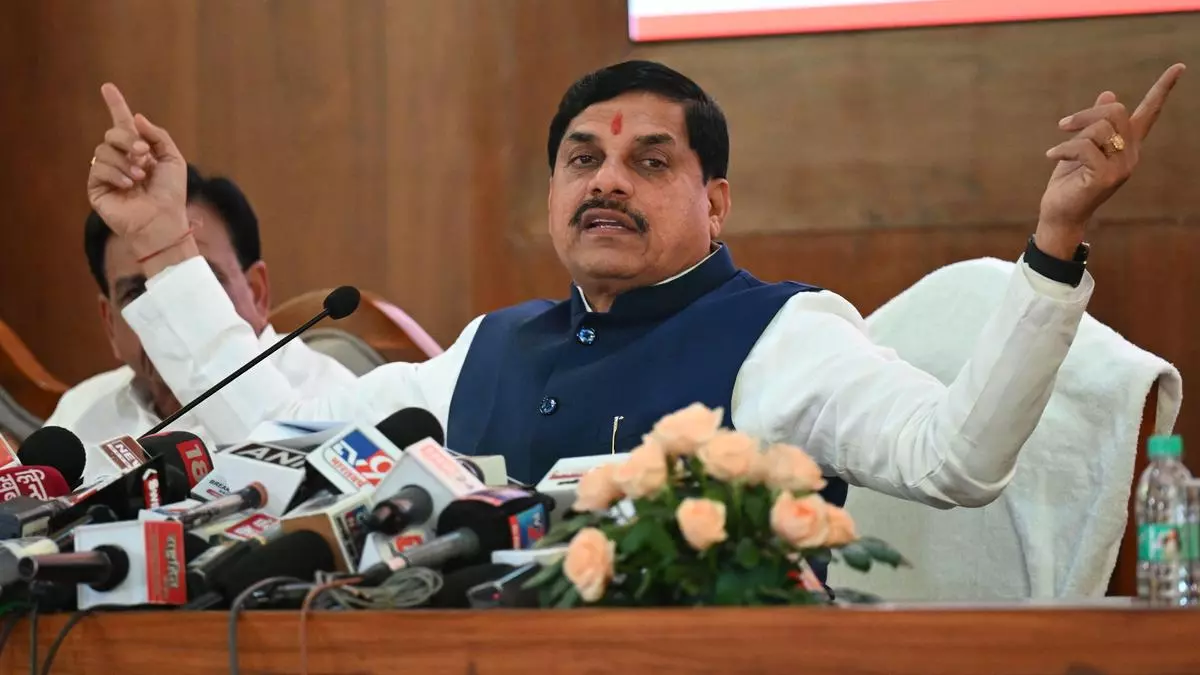India’s forex reserves, which are a crucial indicator of a country’s financial strength and ability to withstand external shocks, have fallen by $2.36 billion to $583.5 billion. The decline in reserves could have potential implications for the Indian economy and its currency. Forex reserves play a crucial role in addressing any external payment obligations, maintaining currency stability, and supporting economic growth. Given the global economic uncertainties and volatility, a decline in reserves raises concerns about India’s external sector sustainability and financial stability. It could lead to a depreciation in the value of the Indian rupee, making imports costlier and posing challenges for inflation control. The reasons for the decline in reserves could be attributed to various factors, including capital outflows, increased imports, and interventions by the central bank to maintain currency stability. The Reserve Bank of India (RBI) manages the country’s forex reserves and undertakes various measures to ensure their adequacy and stability. The central bank monitors and adjusts the reserve levels based on economic requirements, exchange rate movements, and external sector dynamics. It intervenes in the foreign exchange market to prevent excessive volatility in the currency and maintain orderly conditions. The RBI also focuses on diversifying its reserve assets to reduce risks and enhance returns. India’s forex reserves are mainly denominated in major global currencies like the US dollar, euro, and Japanese yen. The decline in reserves puts pressure on the central bank to manage the balance between maintaining an adequate level of reserves and funding the country’s external commitments. The challenges posed by the decline in reserves necessitate prudent policy measures and a focus on restoring investor confidence in the Indian economy. Efforts to attract foreign investments, encourage exports, and pursue structural reforms to boost economic growth become even more crucial in such a scenario. The government and the central bank need to work in tandem to address the external sector challenges and ensure a stable and resilient economy. Over the coming months, the management of forex reserves and its impact on the economy will continue to be closely monitored by market participants and policymakers.










